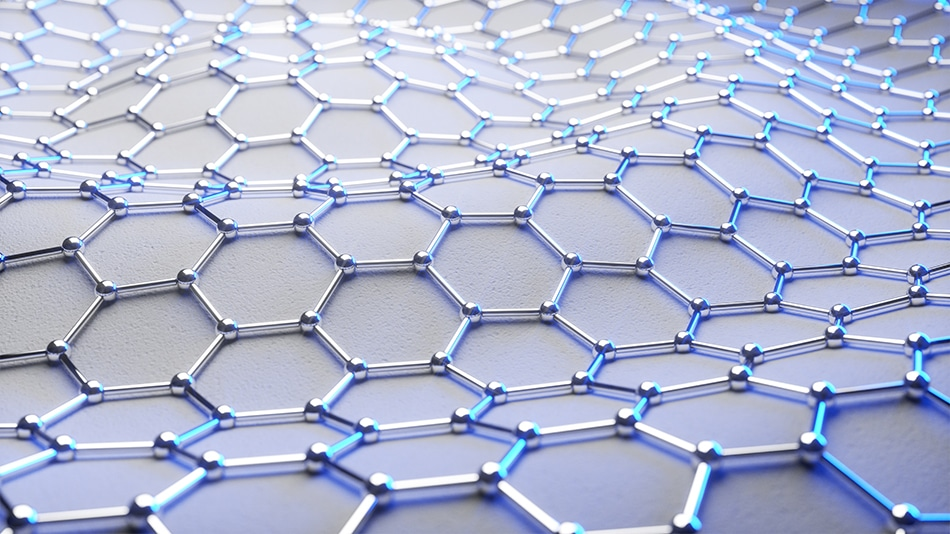Graphene: The World’s Super Material
What you might not already know about the “material of superlatives”
The strongest, the thinnest, yet stretchable and almost transparent: since its discovery in 2004, graphene has been fueling the imagination of scientists and generating various types of research. Without exaggeration, it can be called the material of superlatives.
Graphene is a nearly two-dimensional material consisting of one single layer of carbon atoms forming hexagonal structures. It was first produced by applying the ‘Scotch tape method’ on graphite, which is also known as mechanical exfoliation, where separate layers of carbon atoms are peeled off graphite structures.
Structural difference between graphite and graphene:
Image Source: Researchgate.net (link)
In other words, imagine slicing a diamond until what you are left with is an extremely thin yet incredibly resistant layer of carbon structures. The properties of this single-atom layer have enormous implications in a number of areas.
The structure of graphene:
Image Source: Azonano.com (link)
Graphene as a Supercapacitor
Graphene possesses extremely high electrical conductivity, making it the perfect supercapacitor. A supercapacitor can store more energy per unit of volume than a regular capacitor, deliver charge faster; it can be charged more quickly and with very little degradation.
Basically, using graphene-based supercapacitors would allow us to charge our mobile devices in seconds and our electric cars in minutes. In fact, just last year the Samsung Advanced Institute of Technology announced it had developed graphene ball battery that was shown to have charging speeds five times higher than those of standard lithium-ion batteries, and a 45% higher capacity.
Graphene and Water Filtration
At the beginning of 2018, the Commonwealth Scientific and Industrial Research Organization (CSIRO) presented the world its fascinating new technology, GraphAir: a graphene film with nano-channels that prevent pollutants from passing through. More interestingly, they have produced graphene using soybean oil, discovering a much cheaper and more environmentally-friendly way to make graphene.
"In GraphAir we've found a perfect filter for water purification. It can replace the complex, time consuming and multi-stage processes currently needed with a single step," CSIRO scientist Dr. Dong Han Seo said. While access to clean drinking water is still inhibiting development of hundreds of millions worldwide, the success of GraphAir technology could have far-reaching and literally life-changing effects.
If Captain America Needed a New Shield
Graphene is stronger than steel yet is significantly lighter at the same time, promising significant innovations in aviation and beyond this industry. Various types of vehicles, industrial machines and even houses could be made lighter and more resistant by replacing heavier metals with graphene. In July 2016, the world witnessed the first flight of a graphene-coated aircraft, Prospero, at the Farnborough International Air Show in the UK. Graphene applications are literally taking off.
Prospero, the world’s first graphene-coated aircraft:
Image Credit: The University of Manchester (link)
Although it is still technologically complicated and expensive to produce, graphene has endless applications making its exploration worthwhile. Let’s follow with excitement both research and commercialization of graphene to see if it manages to keep its super material status. Hopefully it will, and we get to charge our phones in seconds very soon.



